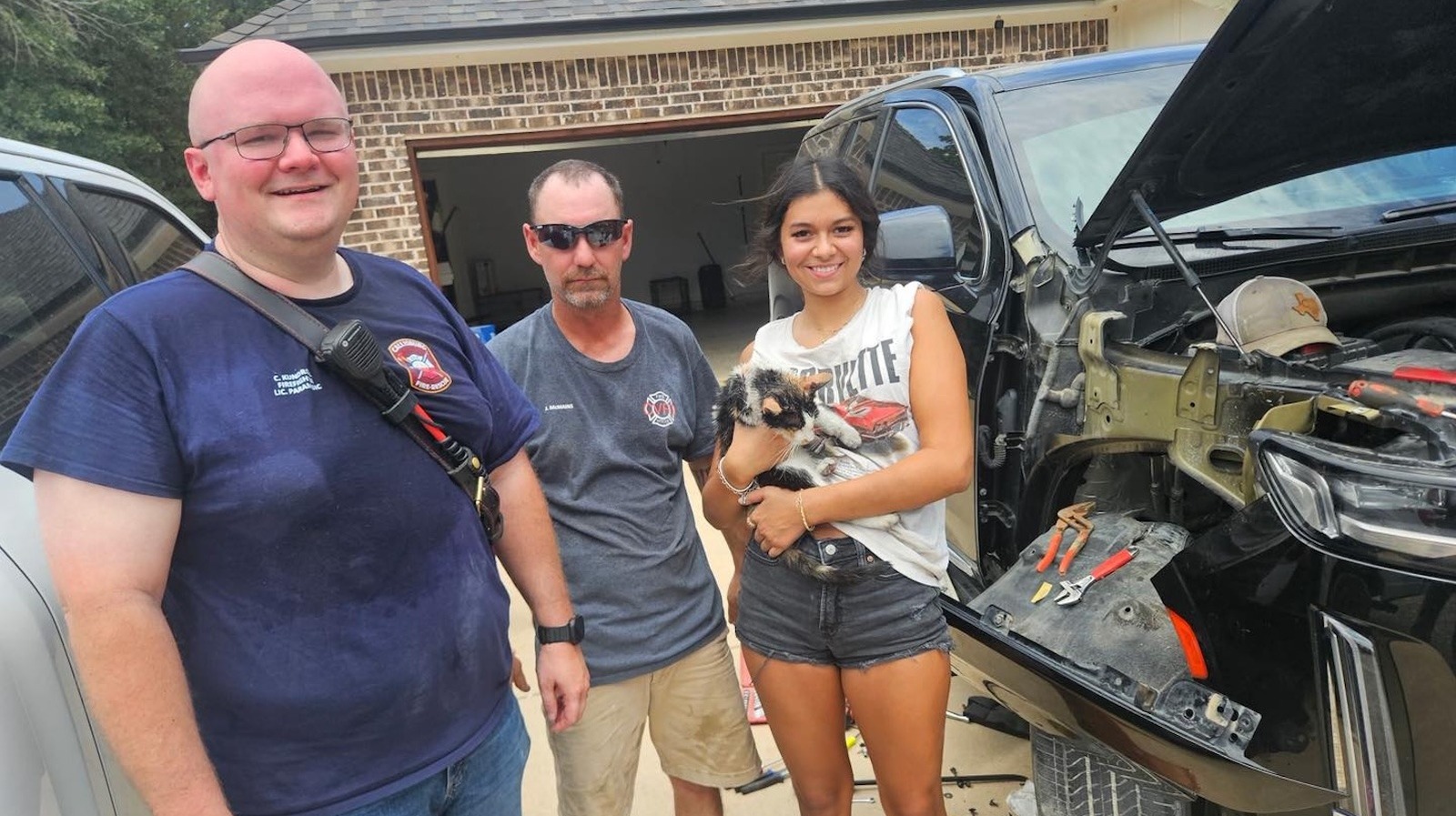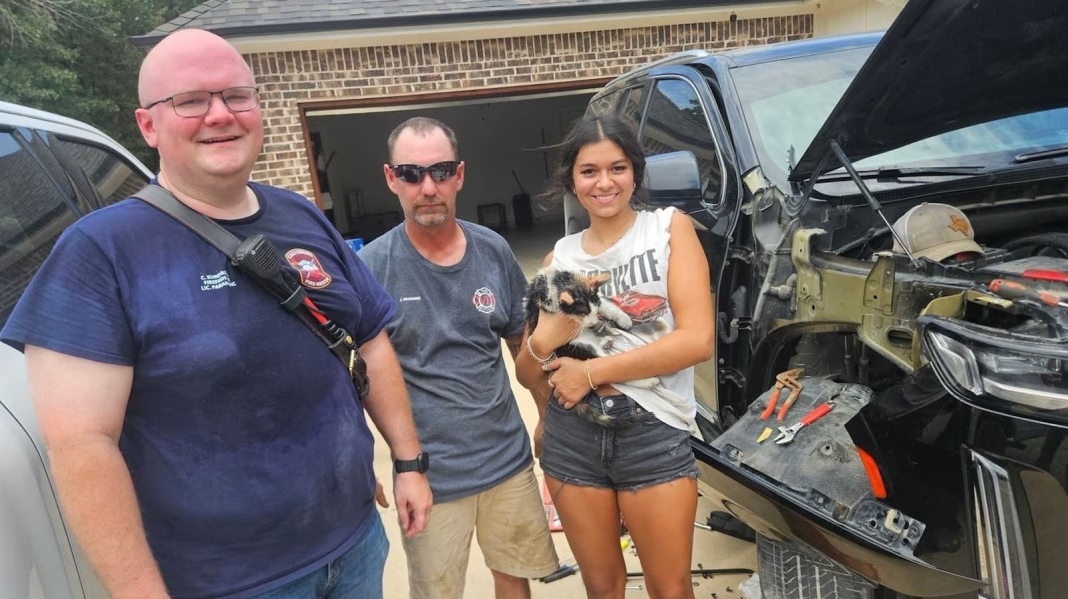How Did a Cat End Up Under the Hood of a Cadillac Escalade?
It’s not every day you hear about a cat trading in alleyways for the engine bay of a luxury SUV, but that’s exactly what happened here. Instead of darting into the nearest bush, this adventurous feline found herself wedged under the hood of a Cadillac Escalade—a place more suited for horsepower than house cats. So, why do cats end up in such odd spots? The answer is surprisingly simple: warmth and safety. Engine bays, especially after a car’s been running, offer a cozy refuge from the cold or from potential predators. Unfortunately, what feels like a safe hideaway can quickly turn into a dangerous trap.
What Should You Do If You Suspect a Cat Is Hiding in Your Car?
If you’ve ever heard mysterious meows coming from your vehicle or spotted a tail where you least expect it, you’re not alone. Animal rescue organizations and veterinarians recommend a quick walk-around before starting your car, especially during colder months. Give the hood a gentle tap or honk the horn—sometimes that’s all it takes to encourage a hidden cat to make a quick exit. If you do find a cat stuck, don’t try to yank it out yourself. Engine components are cramped and sharp, and a frightened animal can easily injure itself (or you). Instead, call your local animal control or fire department. They’ve got the tools and know-how to handle these situations safely.
How Do Firefighters and Animal Rescuers Handle These Tricky Situations?
When first responders arrive on the scene, it’s not just about brute force. They approach with patience and precision, often using specialized equipment to gently free the animal without causing harm to the cat or the car. In this Cadillac Escalade case, firefighters worked methodically, sometimes removing parts or using treats to coax the cat out. According to the American Humane Association, thousands of pets are rescued from vehicles each year—many from engine bays just like this one. These rescues highlight the importance of community awareness and quick action.
Are There Risks to Both the Cat and the Car?
Absolutely. For the cat, the dangers are obvious: burns, cuts, or worse if the engine is started while they’re inside. But car owners aren’t off the hook either. A stuck animal can damage wiring, hoses, or belts, leading to costly repairs. In some cases, insurance may not cover animal-related damage, leaving owners with a hefty bill. It’s a lose-lose scenario that’s easily avoided with a little vigilance.
What Can You Do to Prevent This From Happening?
Prevention is all about routine and awareness. In neighborhoods with lots of outdoor cats, make it a habit to check under your car and tap the hood before starting up. If you’re a cat owner, consider keeping your pet indoors, especially during colder months when engine bays are most tempting. Some communities have even started awareness campaigns, encouraging drivers to “think before you turn the key.” It’s a small step that can save lives—both feline and mechanical.
Why Do Stories Like This Matter?
Beyond the quirky headline, these stories serve as a reminder of the unexpected ways our lives intersect with the animal world. They also highlight the compassion and resourcefulness of first responders, who go above and beyond for even the smallest residents in our communities. According to the National Fire Protection Association, animal rescue calls are on the rise, reflecting both an increase in pet ownership and a growing public willingness to help.
The big takeaway? Protecting curious cats (and your car) isn’t about perfection—it’s about smarter adjustments. Start with one change this week—maybe a quick tap on your hood each morning—and you’ll likely spot the difference by month’s end.


